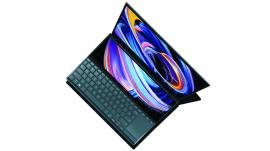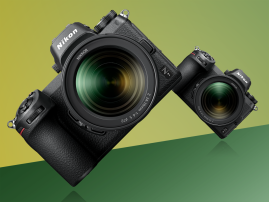5 things you need to know about Canon’s beginner-friendly 2000D and 4000D DSLRs
DSLRs don't get much more entry-level than Canon's new siblings...
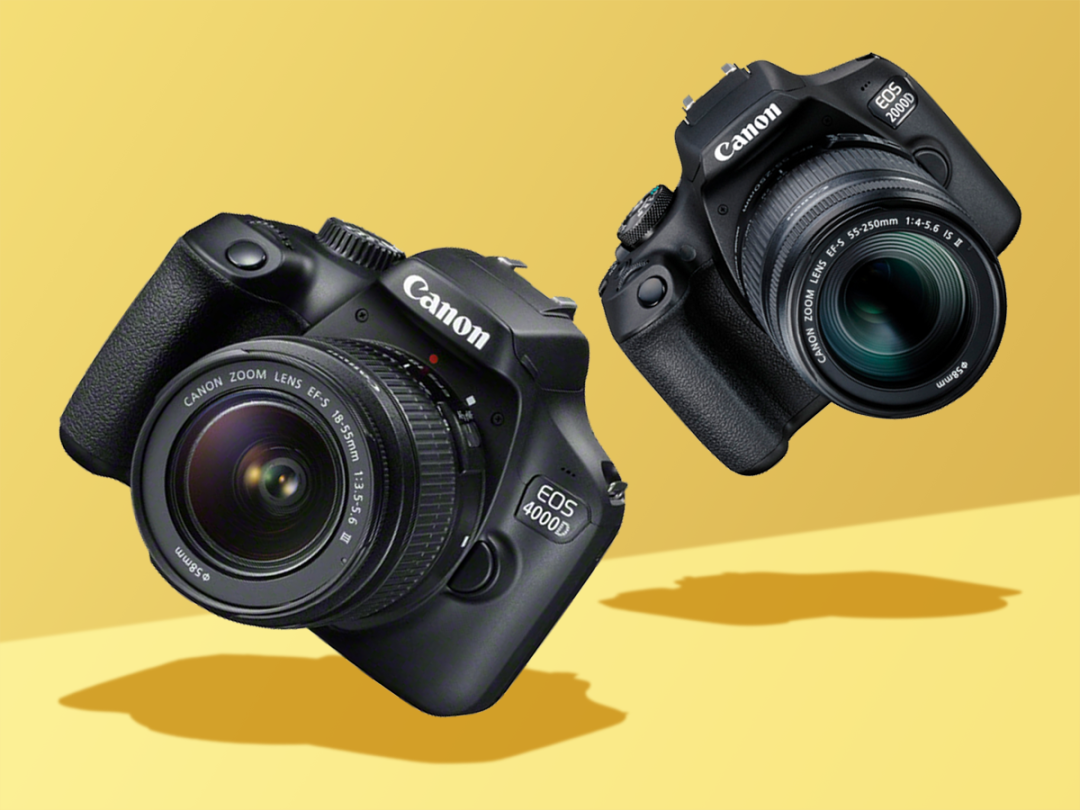
Canon’s most exciting 2018 annnouncement so far might be the EOS M50, but it did also show off a tag team of budget DSLRs for those with tighter purse strings.
Okay, the 2000D (which replaces its 1300D) and the even cheaper 4000D might not be sleek, innovative objects of desire.
But they are shaping up to be solid workhorses for beginners who want to learn the art of interchangeable lenses and manual DSLR controls.
Here’s your five-minute guide to the most entry-level members of Canon’s EOS team…
1) They’re Canon’s simplest and cheapest DSLRs
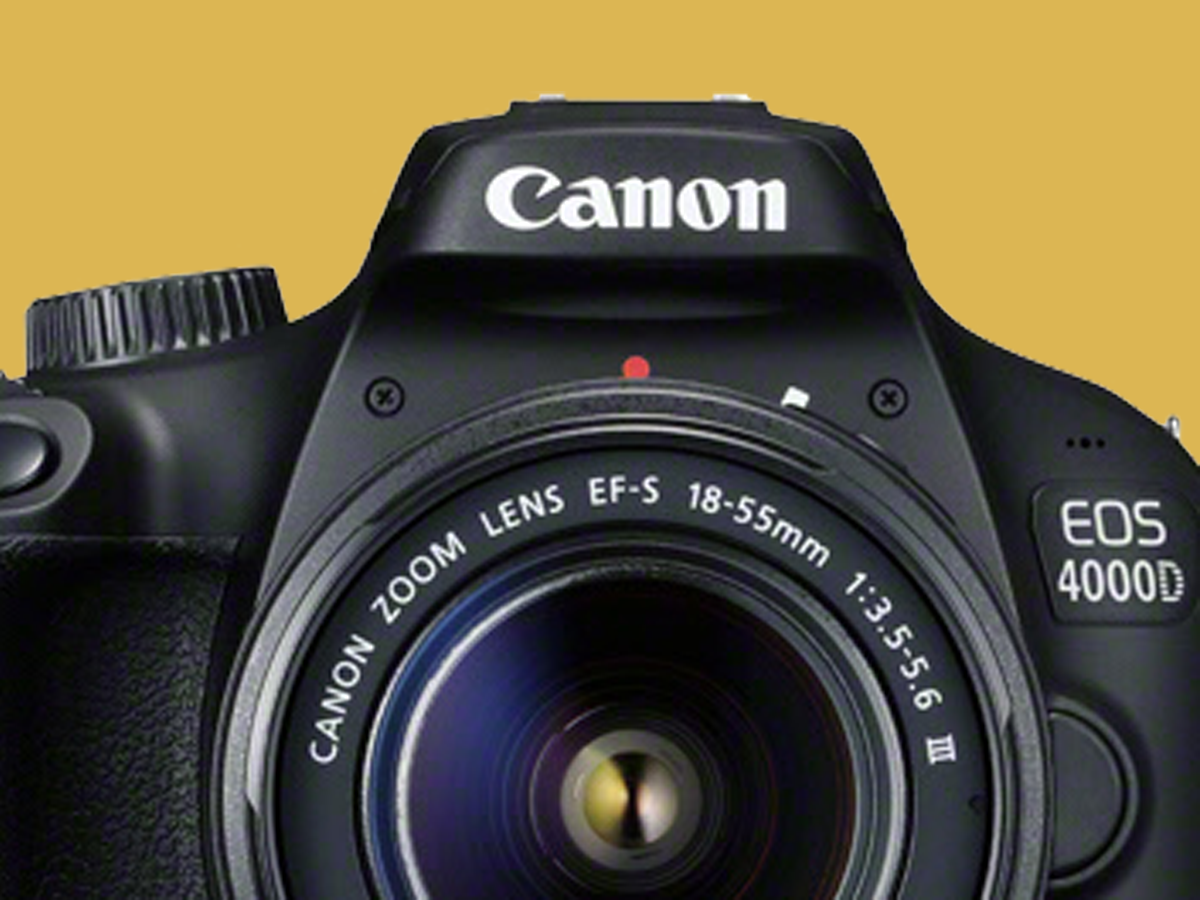
2) They have tempting price tags
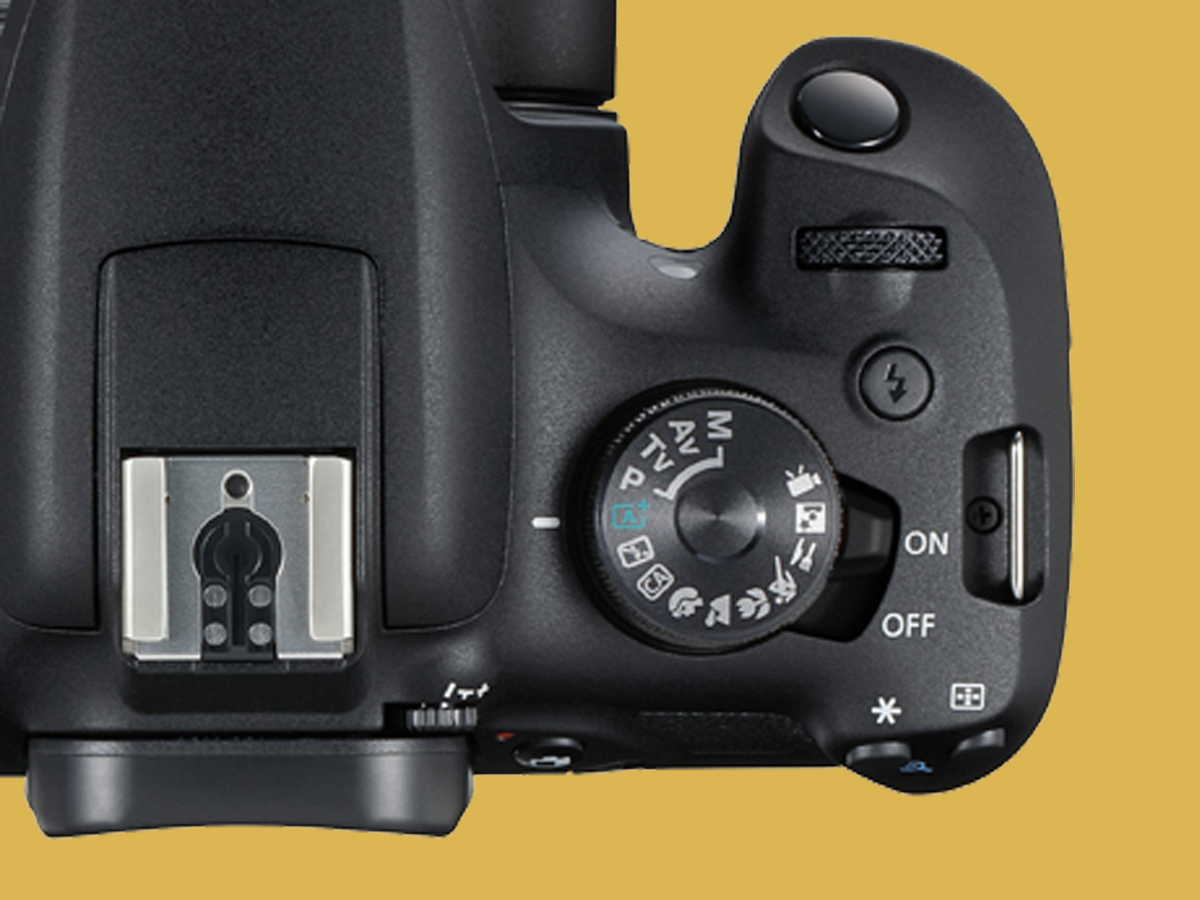
Canon’s 1300D limboed below the £300 mark when it launched, but neither its successor nor the 4000D (somewhat surprisingly) quite manage to do that.
You’ll be able to pick up a 2000D for £370 (body only) or £470 with an EF-S 18-55mm IS lens, which saves you about £110 compared to buying the two separately.
Meanwhile, the 4000D, which sits below the 2000D as Canon’s cheapest DSLR, comes in at £330 (body only) or £370 with the same EF-S 18-55mm lens that came with the 1300D.
Granted, that isn’t a lot for a DSLR and kit lens, but it’s worth bearing in mind that some older but more capable models including Canon’s own 750D and Nikon’s D5500 can be found for only about £100 more.
3) You might struggle to tell them apart
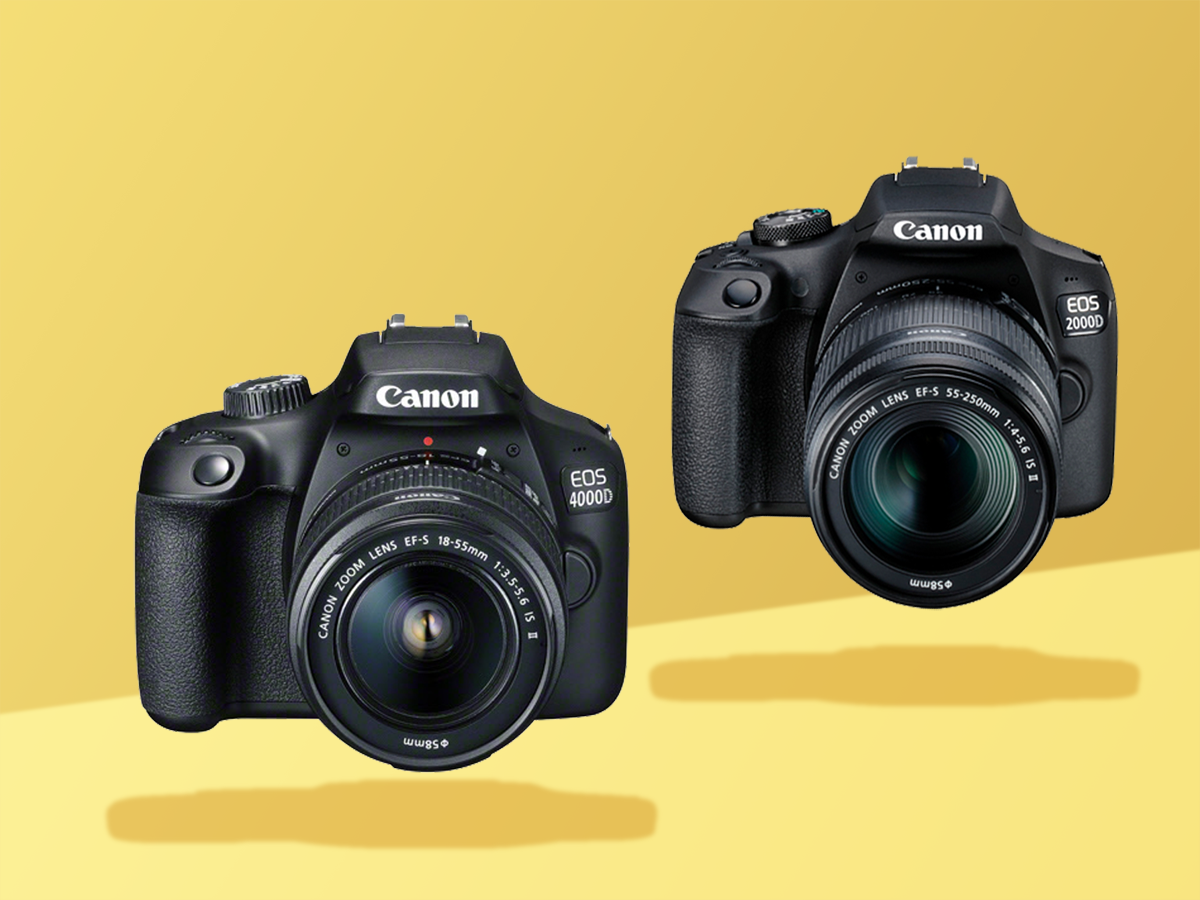
4) They’re connected, but don’t have touchscreens
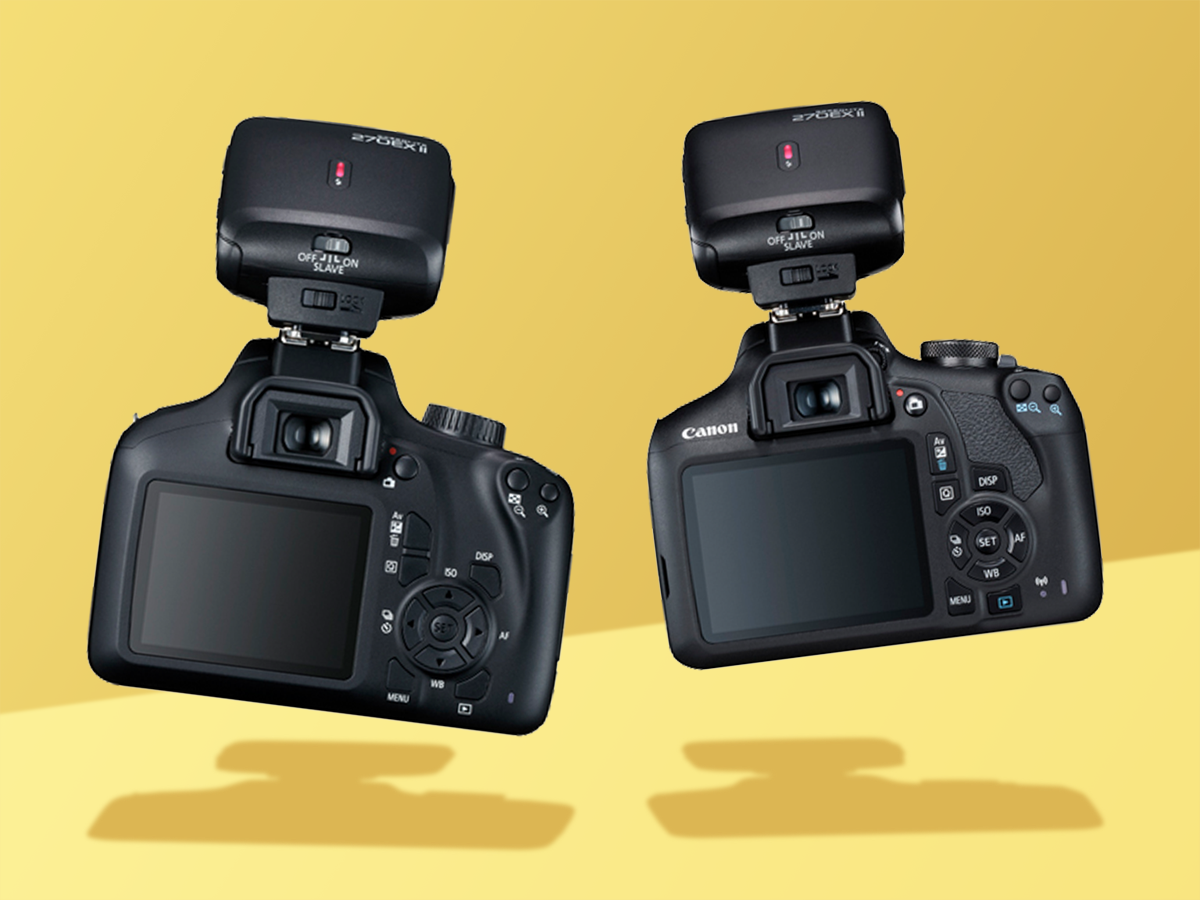
5) You should probably wait for our verdict
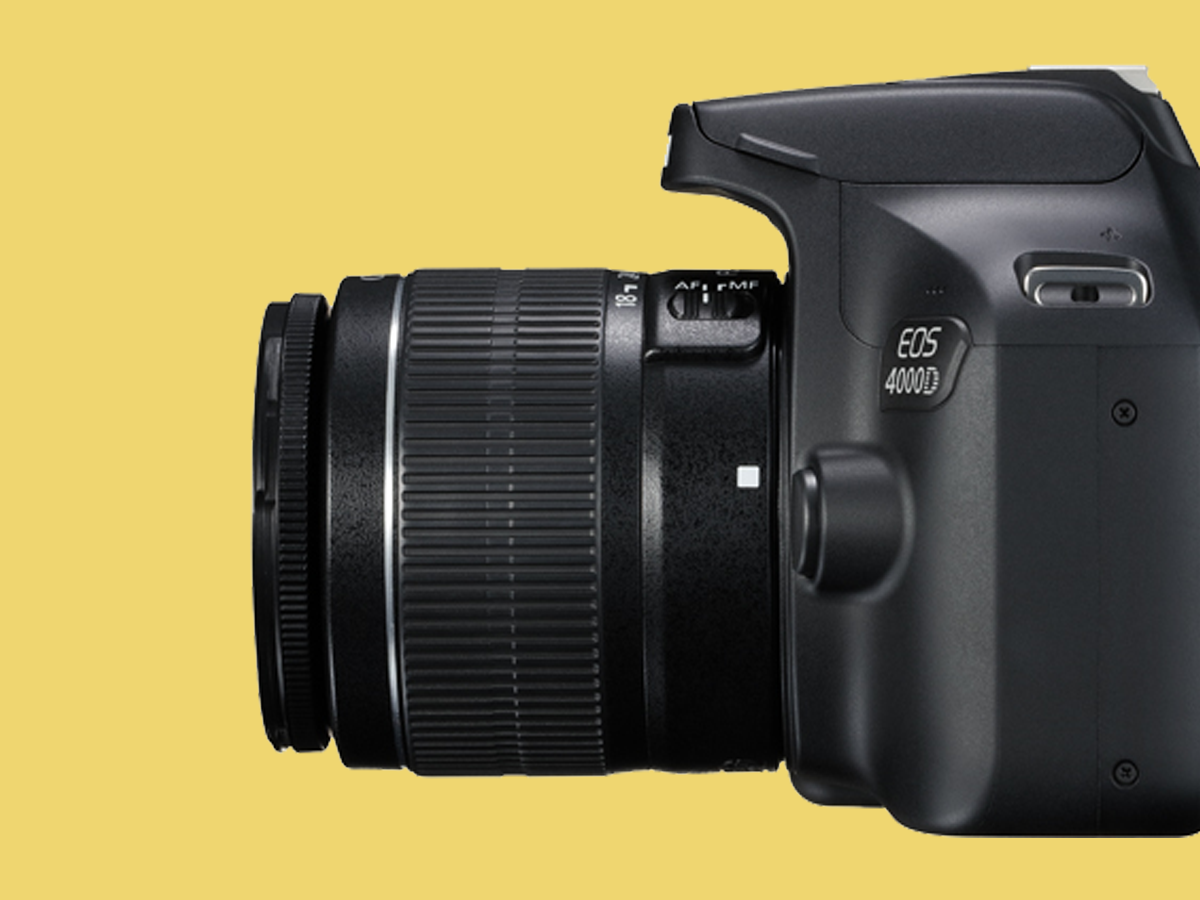
Though both of Canon’s new DSLRs fall into ‘impulse buy’ territory, you’re not exactly short of options in the £300-£500 bracket – so we’d suggest waiting for our reviews before snapping one up.
We found the 2000D’s predecessor, the 1300D, had too many compromises compared to rivals like the Nikon D3300 (now D3400). You might also be better off with an affordable mirrorless model like the Panasonic GX800.
Still, as a nursery slope for full-size DSLRs, Canon’s two fresh-faced models could still be fine options for beginners. We’ll bring you our verdicts before they hit shelves in March 2018.

